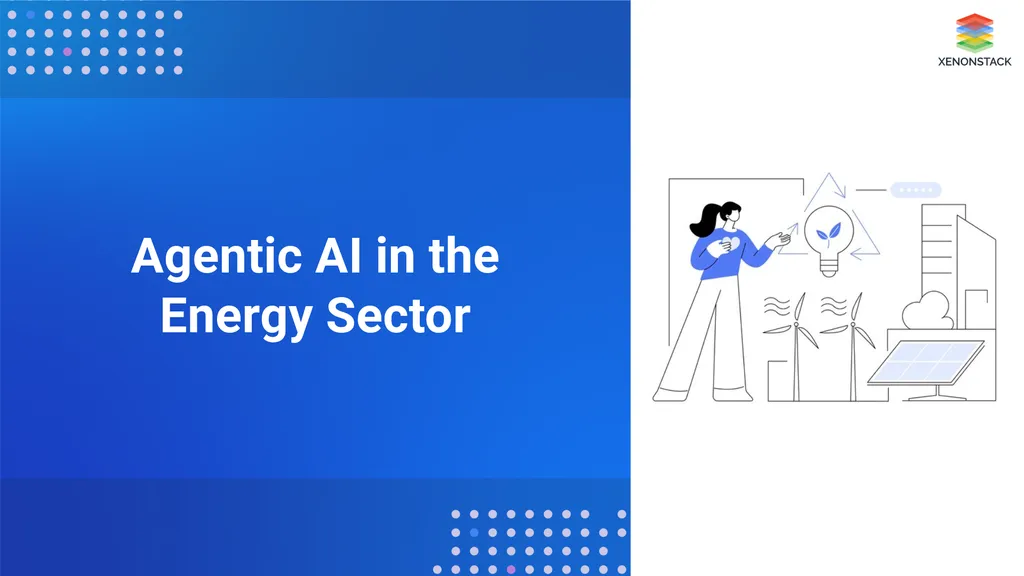In the evolving landscape of artificial intelligence, a new paradigm known as “agentic AI” is gaining traction, promising significant advancements in various engineering fields, including electrical power systems. Researchers Soham Ghosh and Gaurav Mittal, affiliated with the University of Texas at Austin, have recently published a comprehensive review that aims to define and categorize agentic AI, distinguishing it from traditional AI models. Their work, published in the IEEE Transactions on Industrial Informatics, explores the practical applications of agentic AI in electrical engineering and provides insights into its potential to revolutionize the energy sector.
Agentic AI systems are designed to perform tasks autonomously, making decisions based on complex data analysis and learning from interactions with their environment. Unlike traditional AI models, agentic AI systems can adapt to new situations, learn from their experiences, and make decisions that maximize desired outcomes. Ghosh and Mittal’s research highlights four key use cases within electrical engineering that demonstrate the practical impact of agentic AI. These include an advanced framework for streamlining complex power system studies and benchmarking, a novel system for survival analysis of dynamic pricing strategies in battery swapping stations, and other innovative applications.
One of the standout examples from the research is the development of an agentic AI system for survival analysis of dynamic pricing strategies in battery swapping stations. This application showcases how agentic AI can optimize pricing models to extend the lifespan of batteries, reduce costs, and improve the overall efficiency of energy storage systems. By analyzing data from battery usage patterns and market dynamics, the AI system can predict the most effective pricing strategies, ensuring that battery swapping stations remain economically viable and environmentally sustainable.
The researchers also emphasize the importance of robust deployment and safety in the implementation of agentic AI systems. They provide detailed failure mode investigations, identifying potential pitfalls and offering actionable recommendations for designing and implementing safe, reliable, and accountable agentic AI systems. This aspect of their work is crucial for ensuring that the technology can be widely adopted in the energy sector without compromising safety or efficiency.
In conclusion, Ghosh and Mittal’s research offers a critical resource for both researchers and practitioners in the field of electrical engineering. By establishing a clear definition and taxonomy for agentic AI, and demonstrating its practical applications through detailed case studies, the researchers provide a roadmap for the future of AI in the energy sector. As the energy industry continues to evolve, the integration of agentic AI systems could play a pivotal role in optimizing power systems, enhancing energy storage solutions, and driving the transition towards a more sustainable and efficient energy future.
This article is based on research available at arXiv.

